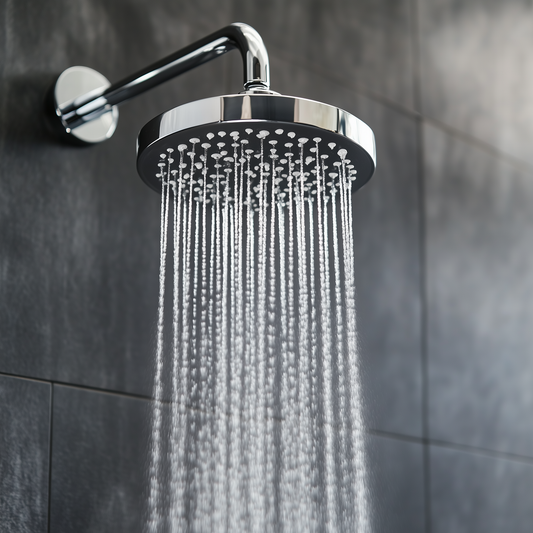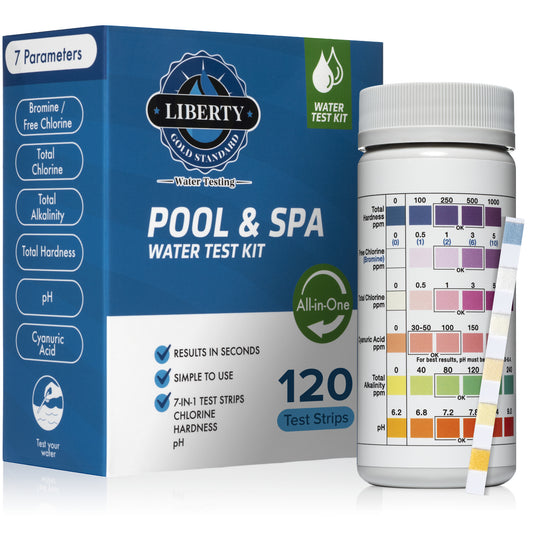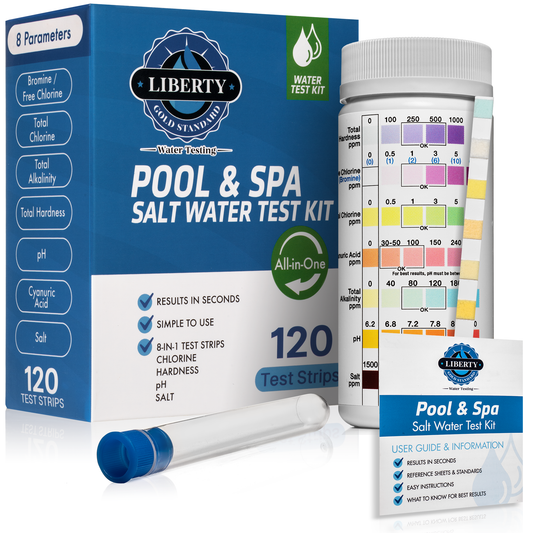The story of adding fluoride to water is one of scientific discovery and public health innovation. Here's a breakdown: It all started in the early 20th century when researchers discovered the benefits of fluoride in preventing tooth decay.
- Early Observations (Early 1900s): It all began with dentists noticing a strange phenomenon. In some areas, children had brown-stained teeth (dental fluorosis), but also significantly fewer cavities.
- Research and Connection (1930s): Scientists like Frederick McKay and H. Trendley Dean linked the stained teeth to naturally occurring fluoride in the water supply. They hypothesized that adding fluoride at safe levels could prevent cavities without the staining.
- First Fluoridation Program (1945): Grand Rapids, Michigan, became the first city in the world to intentionally add fluoride to its public water supply in 1945. Studies comparing dental health in Grand Rapids to non-fluoridated control cities showed a dramatic reduction in cavities among children who drank fluoridated water.
- Wider Adoption (1950s onwards): The success of Grand Rapids led to wider adoption of fluoridation across the US and other countries. By the 1960s, it became a widely accepted public health practice.
Arguments for Fluoridation:
- Public Health Benefit: Proponents highlight the significant reduction in tooth decay, especially among children in low-income communities who may not have access to dental care. Fluoride strengthens tooth enamel and helps prevent cavities.
- Safety at Recommended Levels: Major health organizations like the World Health Organization (WHO) and the Centers for Disease Control and Prevention (CDC) endorse fluoridation at optimal levels, stating it's safe and effective.
- Cost-Effective: Proponents argue that the cost of fluoridation is minimal compared to the savings from reduced dental treatments.

Fluoridation Around the World:
- Not Universal: While fluoridation is common in some countries, it's not universally adopted.
- High Adoption: The US, Canada, Australia, Brazil, and many Asian countries have fluoridation programs in some or all areas.
- Alternatives: Some European countries and Japan prioritize other methods for promoting dental health, such as fluoridated toothpaste, milk, or salt.
- Local Decisions: The decision to fluoridate water is often made at a local level, leading to a patchwork of fluoridated and non-fluoridated areas within some countries.
So, while the US has a long history of fluoridation, it's not the only approach to dental health. The choice to fluoridate water depends on various factors, including existing dental health issues, cultural preferences, and infrastructure capabilities.
Discover the power of Liberty Gold Standard water test kits for monitoring Fluoride levels in your drinking water! With our innovative Liberty Gold Standard water test kits, you can now easily monitor the Fluoride levels in your drinking water!











